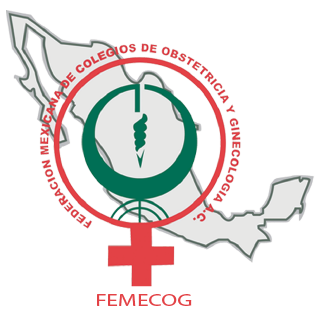Resumen
ANTECEDENTES: El tratamiento del tumor de Buschke-Löwenstein durante el embarazo aún se discute, por lo que se prefiere iniciarlo en el puerperio.
OBJETIVO: Reportar un caso de tumor de Buschke-Löwenstein, además de conocer y ampliar su protocolo de tratamiento, pues se considera un reto, debido a la recidiva, alto grado de malignidad y escasa bibliografía relacionada con la enfermedad durante el embarazo.
CASO CLÍNICO: Paciente de 17 años, con embarazo previable y diagnóstico de infección de VPH de bajo riesgo, con condiloma genital incipiente, sin tratamiento, inadecuado control prenatal y sin inmunodepresión. Ingresó a la unidad hospitalaria con embarazo pretérmino, por pérdida del bienestar fetal en el tercer trimestre. Mediante ultrasonido se descartó la afectación fetal; sin embargo, se encontró anemia materna y fetidez genital, por lo que se decidió efectuar la resección de la tumoración. El procedimiento transcurrió sin contratiempos. Hasta la fecha no muestra recidiva. El embarazo llegó a término y finalizó por vía abdominal, sin complicaciones.
CONCLUSIONES: El tumor de Buschke-Löwenstein es una neoplasia poco común relacionada con inmunodepresión, raramente aparece durante el embarazo y se prefiere iniciar el tratamiento en el puerperio. Se considera un factor de riesgo por la amenaza de parto pretérmino, el efecto proinflamatorio y la afectación materna-fetal, debido al sangrado materno crónico. Es importante considerar el tratamiento durante el embarazo, evaluando el riesgo-beneficio.
PALABRAS CLAVE: Buschke-Löwenstein; tumor; embarazo; tratamiento.


